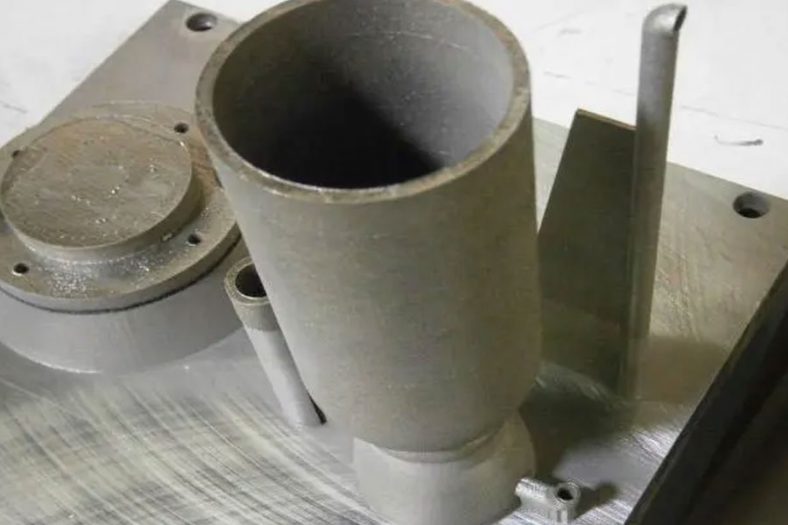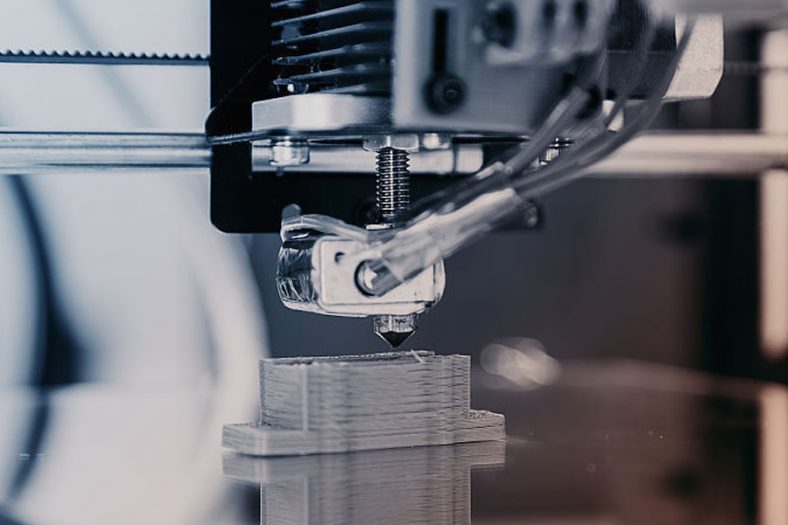
SLM 3D Printing
- MAX PART SIZE:250 x 150 x 150 mm
- LEAD TIMES:From 5 Working Days
- Tolerances of +/- 0.004” or +/- 0.001” per inch
- MIN PART SIZE:1 x 1 x 8 mm
- LAYER HEIGHT:100 microns
- MIN WALL THICKNESS:1.0 mm
>>>All uploaded drawings are strictly confidential, check the confidentiality agreement
SLM 3D Printing Service – China Most Reliable Selective Laser Melting Manufacturer
SLM 3D Printing scans the spatial shape, structure and color of the object to obtain the spatial coordinates of the object surface. Selective Laser Melting (SLM) and Direct Metal Laser Sintering (DMLS) are two metal enhancement products belonging to the powder bed fusion 3D printing series. material manufacturing process. There are many similarities between the two technologies: Both use a laser to scan and selectively fuse (or melt) particles of metal powder, bonding them together and building them layer by layer. Again, the material used in both processes is a granular metal.The difference between SLM and DMLS comes down to the basics (and patents) of the particle bonding process: SLM uses a metal powder with a single melting temperature and completely melts the particles, whereas in DMLS the powder is composed of a material with a variable melting point at high temperatures fusion at the molecular level.
From prototyping to small-batch production, our global network of certified SLM 3D printing facilities will allow you to produce highly accurate parts with quality and strength comparable to injection molding.Our expertise in additive manufacturing, high-end functional testing prototypes, 24 hours services, competitive price, on time delivery drop- shipping to over 150 countries to help you transform your ideas into projects, bring your innovative products to market faster, reduce your production costs, save your research and development time.Upload your CAD files, receive an instant Selective Laser Melting 3D printing quote and get your parts into production in less than 5 minutes.
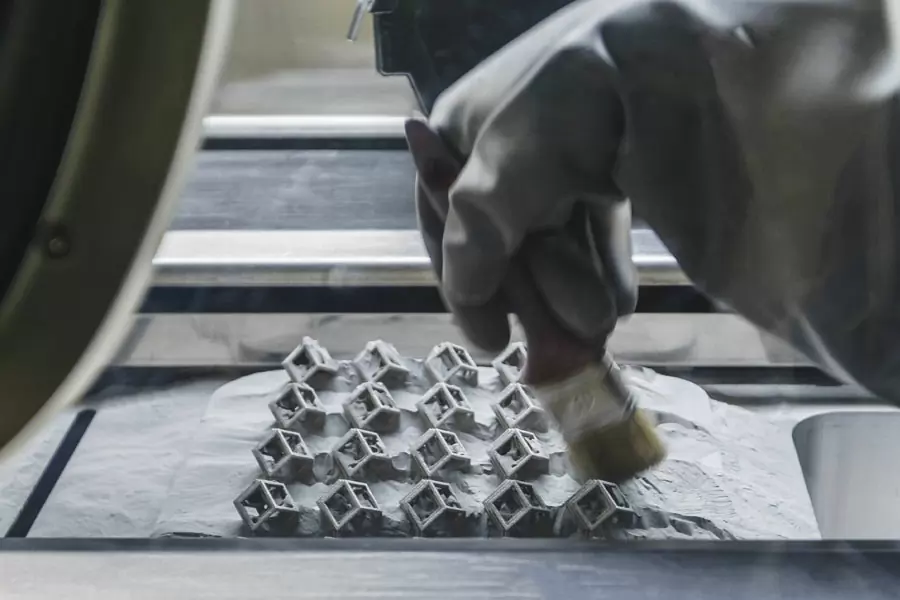
Metal finishing service is a essential choice to achieve your design perfectly. Be-cu is an accomplished finished parts manufacturer, our workers and craftsman are capable to provide SLM 3D Printing service and a wide range of surface treatment services including aluminum anodizing, painting, passivation, electroplating, powder coating, polishing, black oxide, conversion coating, abrasive blasting, etc. Here are the introductions to different types of metal finishes, more details please feel free to contact us.
- Anodizing (Anodized)
- Passivation
- Plating (Electroplating)
- Painting
- Black Oxide (Hot Blackening)
- Polishing
- Powder Coating
- Heat Treatment
- Satin Finish
- Abrasive blasting (Sandblasting)
- Conversion coating
Why Choose Be-cu SLM 3D Printing Service
- No minimum order quantity
- Metal or plastic 3D printed prototype and production parts in 7-10 days
- Precision custom 3D printing parts at affordable prices
- Online free quote in the shortest time
- Single prototypes or complex shapes are both allowed
- A wide selection of metal or plastic materials
- Commercial and industrial-grade 3D printers
- Cooperative supplier assistance project
- Provide a quick solution for small batches of complex prototypes
- We provide with our partner
- 3D printing services for metals and plastics
- Meet the rapid needs of complex prototype designers
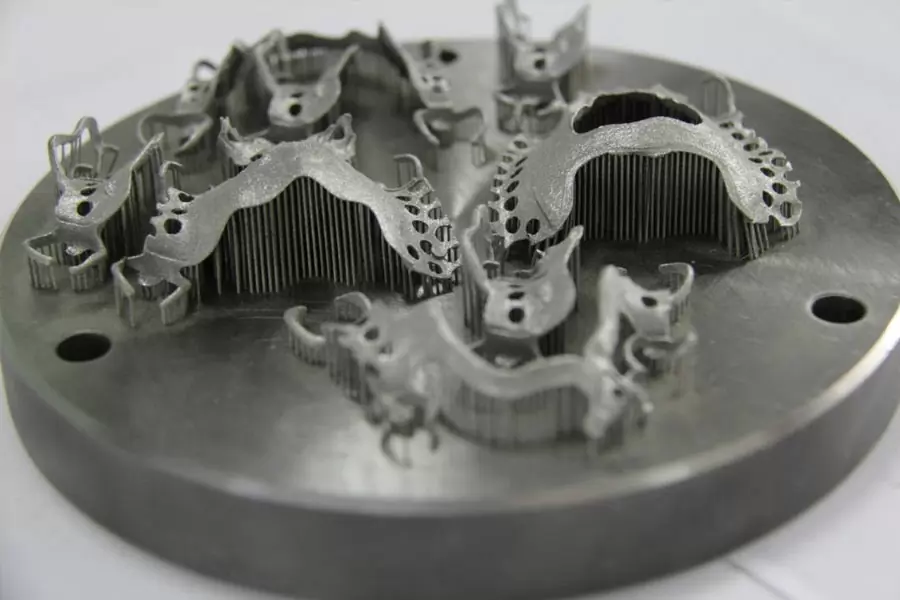
How Does SLM 3D Printing Work? – Steps of SLM 3D Printing Process
If you are having any problem to get your SLM 3D printing parts done, contact us and try to get a solution from BE-CU.This is Steps of SLM 3D Printing Process :
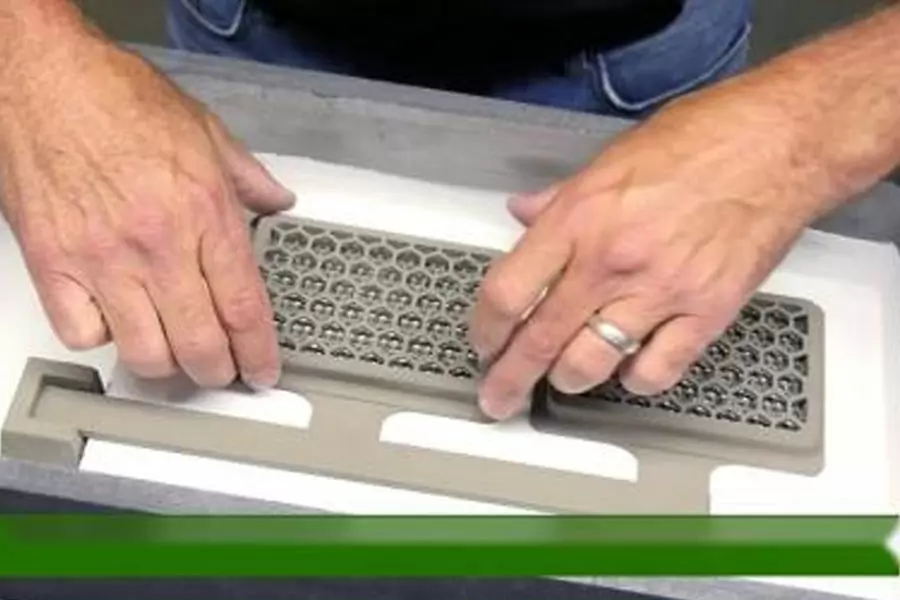
- First, fill the build chamber with an inert gas such as argon to minimize oxidation of the metal powder,
- Then heat it to the optimal build temperature. A thin layer of metal powder is spread over the build platform, and a high-power laser scans the cross-section of the component, melting (or fusing) the metal particles together to form the next layer. The entire area of the model was scanned, so the part was completely solid.
- After the scanning process is completed, the build platform moves down one layer thickness, and then the recoater spreads another layer of metal powder. Repeat the process until the entire section is complete.
- After the build process is complete, the part will be fully encapsulated in metal powder. Unlike polymer powder bed fusion processes such as SLS, parts are attached to the build platform by a support structure. Supports in metal 3D printing are constructed from the same material as the part and always need to mitigate warping and deformation that can occur due to high processing temperatures.
- When the bin cools to room temperature, excess powder is removed manually, and parts are usually heat treated while still attached to the build platform to eliminate residual stress. The components are then removed from the build plate by cutting, machining or wire EDM for use or further post-processing.
SLM 3D Printing Applications – What is SL M 3D Printing Used for
China Top SLM 3D Printing Supplier & Manufacturer – Be-cu offers worldwide clients affordable, rapid, high precision custom SLM 3D Printing Services, variety of materials available to meet the needs of different industries!
The Features Of SLM 3D Printing
In SLM, almost all process parameters are set by the machine manufacturer. The height of this layer varies between 20 and 50 microns used in metal 3D printing and depends on the properties of the metal powder (flowability, particle size distribution, shape, etc.).
Typical build dimensions for a metal 3D printing system are 250 x 150 x 150 mm, but larger machines (up to 500 x 280 x 360 mm) are also available. The dimensional accuracy that a metal 3D printer can achieve is about ±0.1 mm.
Metal printers can be used for low-volume production, but the capabilities of metal 3D printing systems are more similar to the mass production capabilities of FDM or SLA machines than SDM printers: they are limited by the available print area (XY direction). Parts must be attached to the build platform.
Metal powder in SLM is highly recyclable: typically less than 5% is wasted. After each print, the unused powder is collected, sifted, and topped up with fresh material to the level needed for the next build.
Scrap in metal printing, although in the form of support structures, which are critical to the successful completion of construction, can greatly increase the amount (and cost) of materials required.
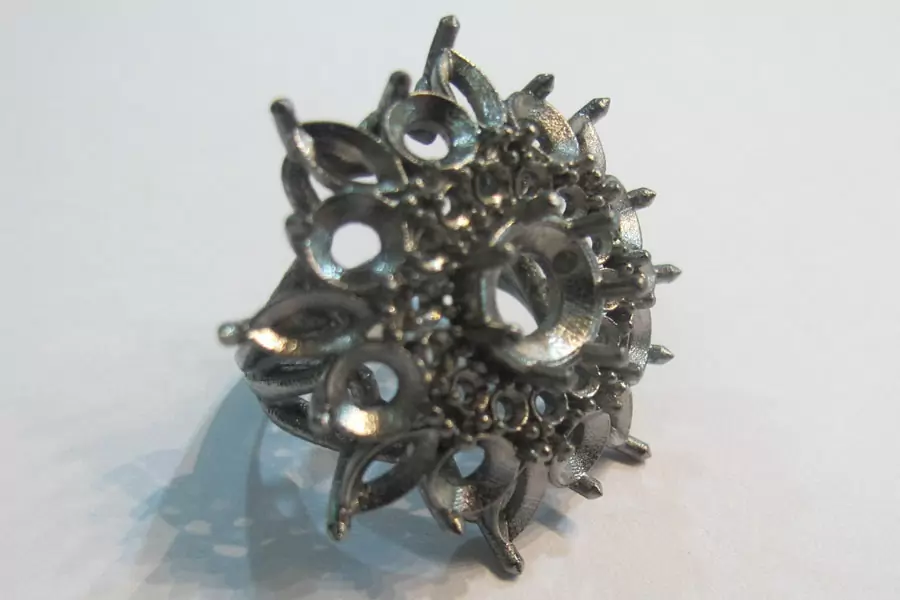
The Support Structure And Part Orientation Of SLM 3D Printing
Due to the 3d printing of high temperatures metals, support structures are always required in metal slm 3d printing and are often built using a lattice pattern.
Metal slm 3D printing support has 3 different functions:
- They provide a suitable platform for building the next layer.
- They anchor sections to the build plate, preventing warping.
- They act as heat sinks, taking heat away from the part and allowing it to cool at a more controlled rate.
Parts are typically oriented at an angle to minimize the potential for warping and maximize part strength in critical directions. However, this will increase the amount of support required, build time, material waste and (eventually) total cost.Warpage can also be minimized by using random scan mode. This scanning strategy prevents residual stress from building up in any particular direction and will add a characteristic surface texture to the part.Because of the high cost of metal slm 3D printing, simulations are often used to predict how parts will behave during machining. Topology optimization algorithms are used not only to maximize mechanical properties and manufacture lightweight components, but also to minimize the need for support structures and the potential for warping.
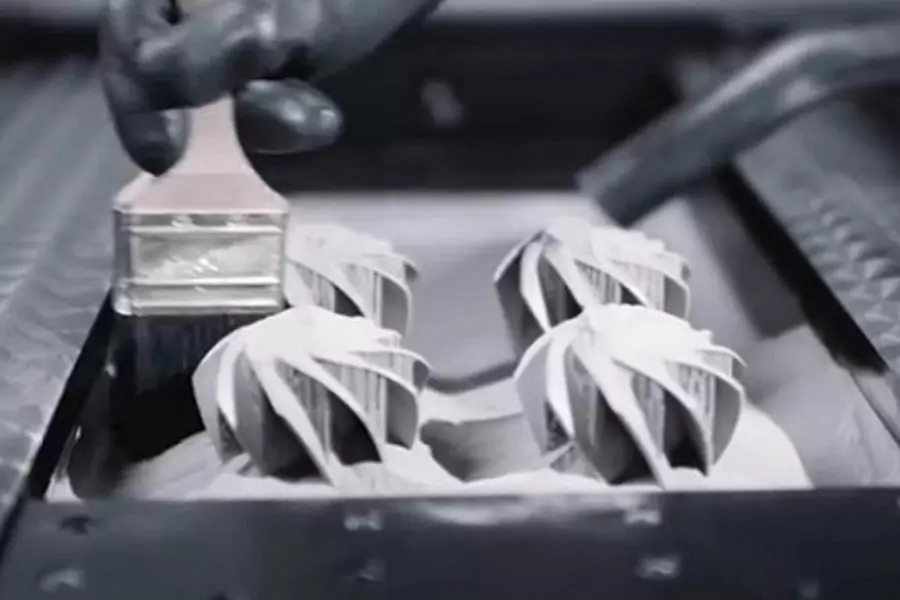
Advantages And Disadvantages Of SLM
Main Advantage:
- The metal slm 3D printing process can be used to create complex custom parts with geometries that cannot be produced by traditional manufacturing methods.
- Metal slm 3D printed parts can be topology optimized to maximize their performance while minimizing their weight and the total number of parts in the assembly.
- Metal slm 3D printed parts have excellent physical properties, and the range of materials available includes other materials that are difficult to machine, such as metal superalloys.
Main Disadvantages:
- The material and manufacturing costs associated with metal slm 3D printing are high, so these techniques are not suitable for parts that can be easily manufactured by traditional methods.
- The build size of metal slm 3D printing systems is limited due to the need for precise manufacturing conditions and process control.
- Existing designs may not be suitable for metal slm 3D printing and may need to be changed.
The Case Studies Of SLM 3D Printing Parts
You have a complex part design, Our SLM 3D printing service can help you turn it into a reality. With the right equipment, strong technical knowledge, and a focus on quality.. From tool design to finishing and then on to shipment, Be-cu prototpe ensure that every project is completed to a high standard and that your orders are delivered on time, every time.
-
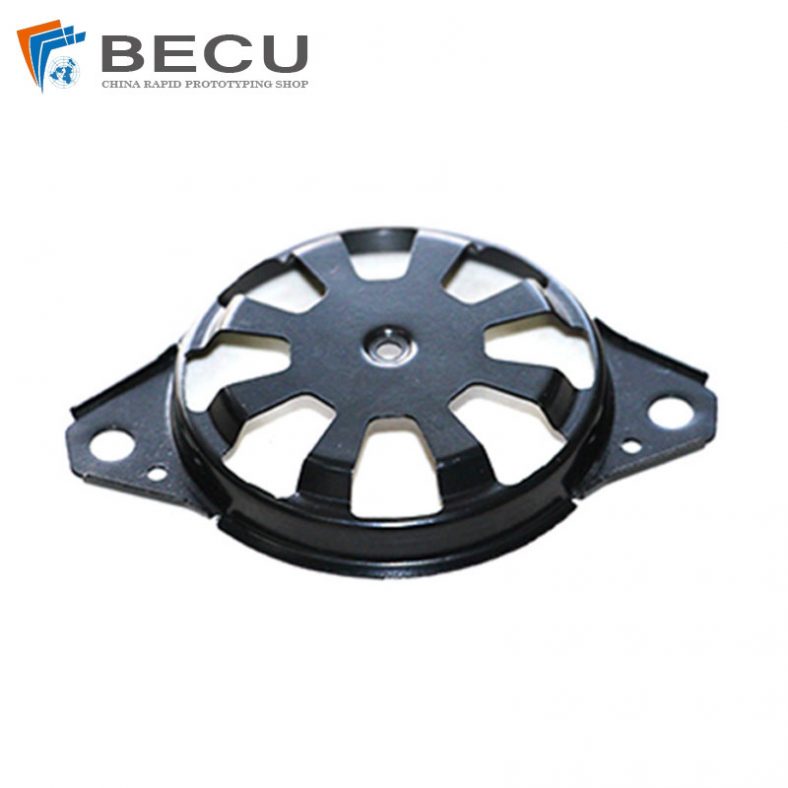
3D Printing Car Audio Horn Bracket
-
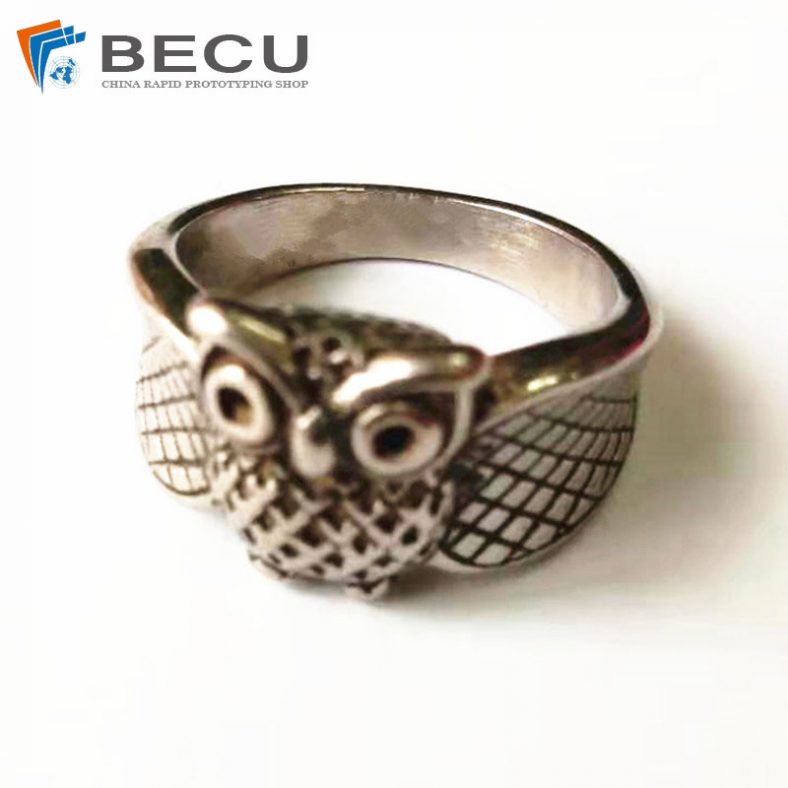
316 Stainless Steel Precision Casting Owl Ring
-
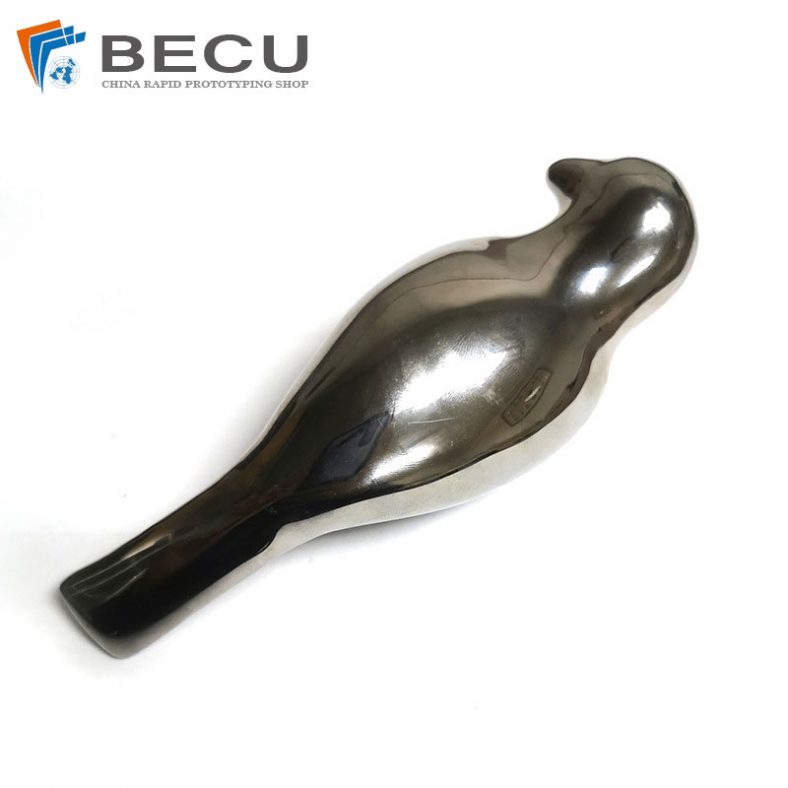
Stainless Steel Investment Casting Craft Ornament Decoration Gift
-
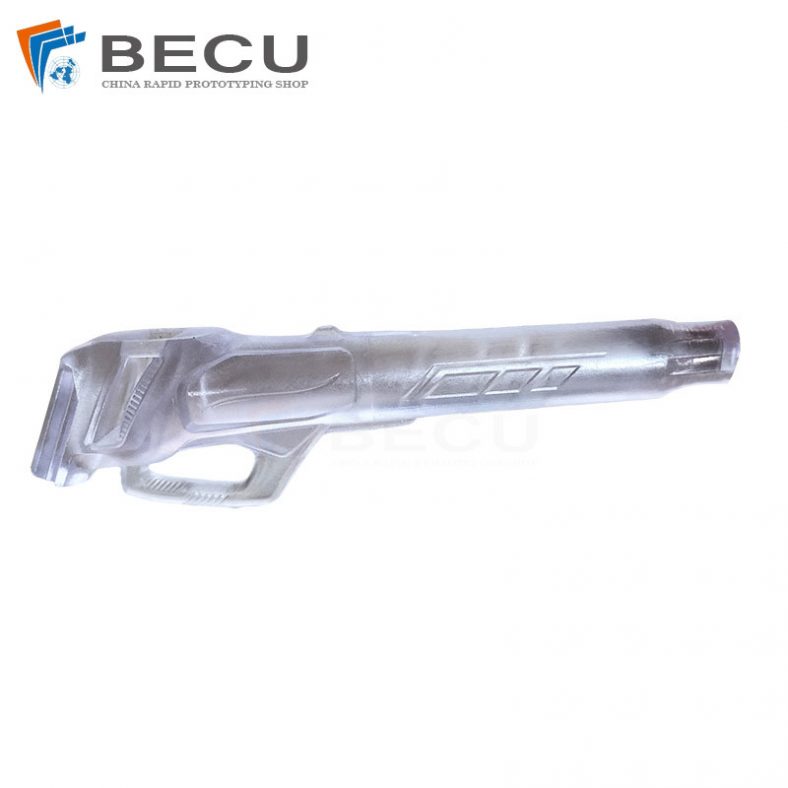
Aluminum 3D Printing New Energy Vehicle Charging Gun Cavity
-

Aluminum 3D Printed Dragon Head Chinese Style Man’s Ring
-
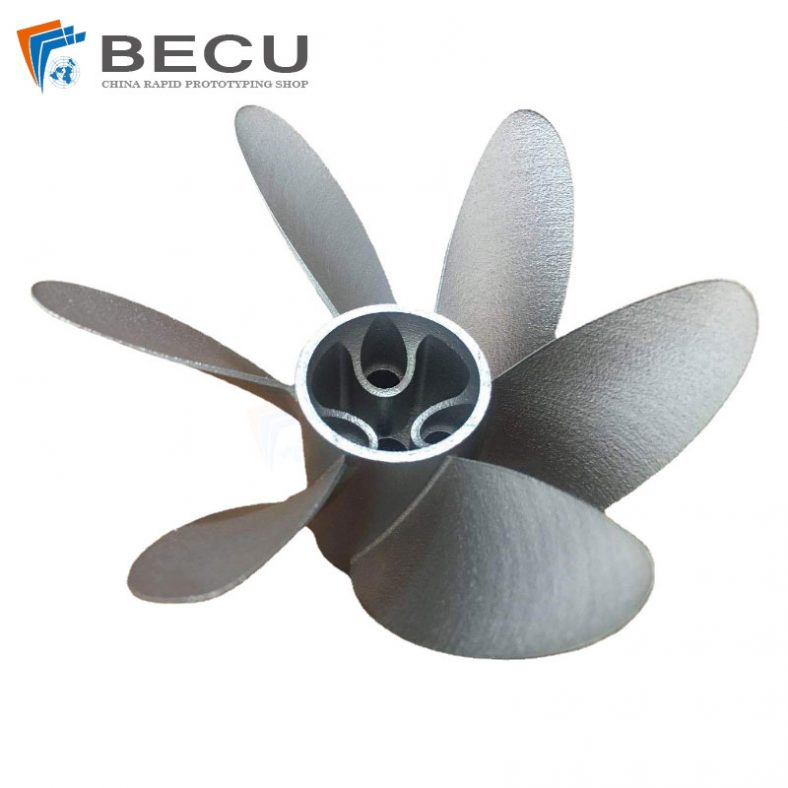
3D Printed Stainless Steel Jet Turbine Blade
-
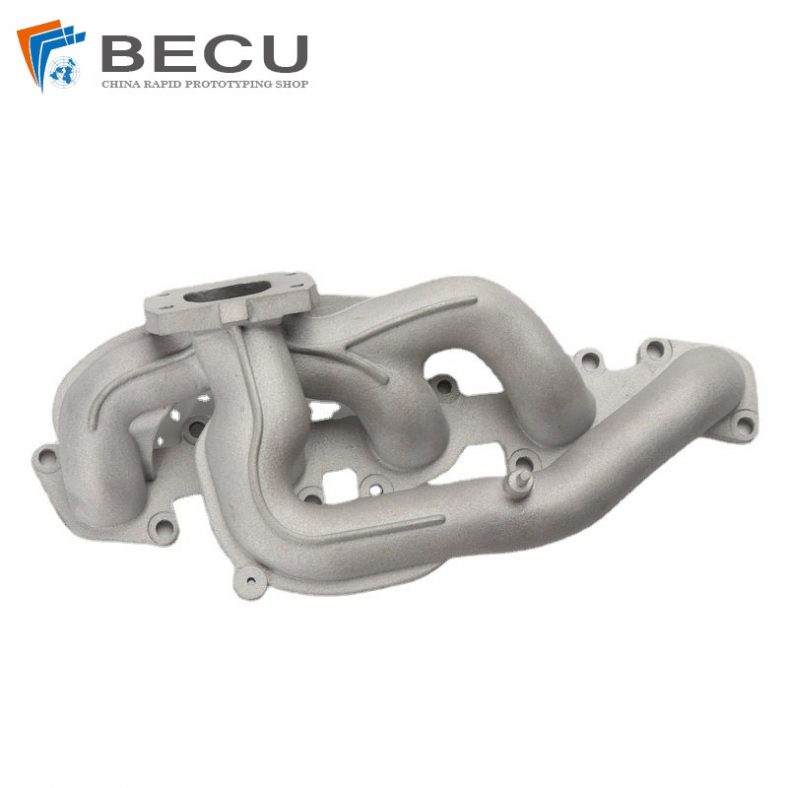
SLM 3D Printing Stainless Steel Automobile Exhaust Pipe
-
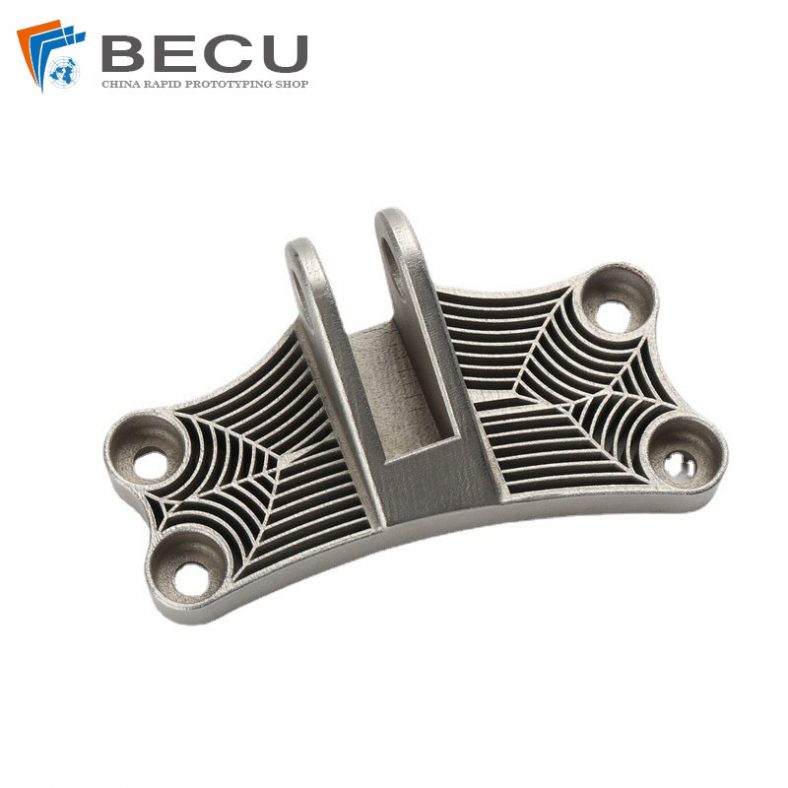
SLM 3D Printing Stainless Steel Quick Positioning Concentric Fixtures
-
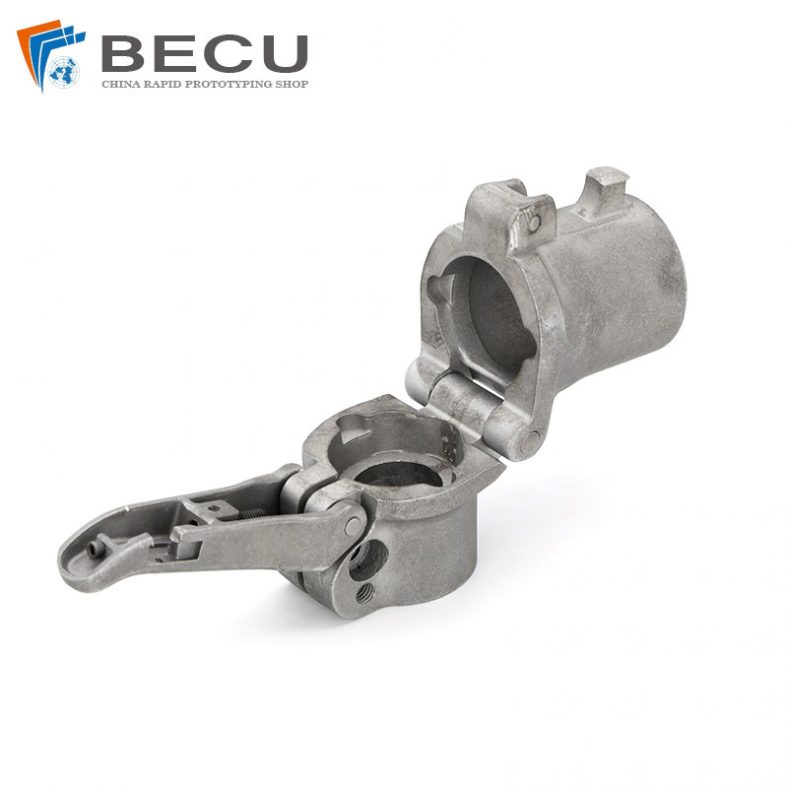
SLM 3D Printing Aluminum Scooter Accessories
-
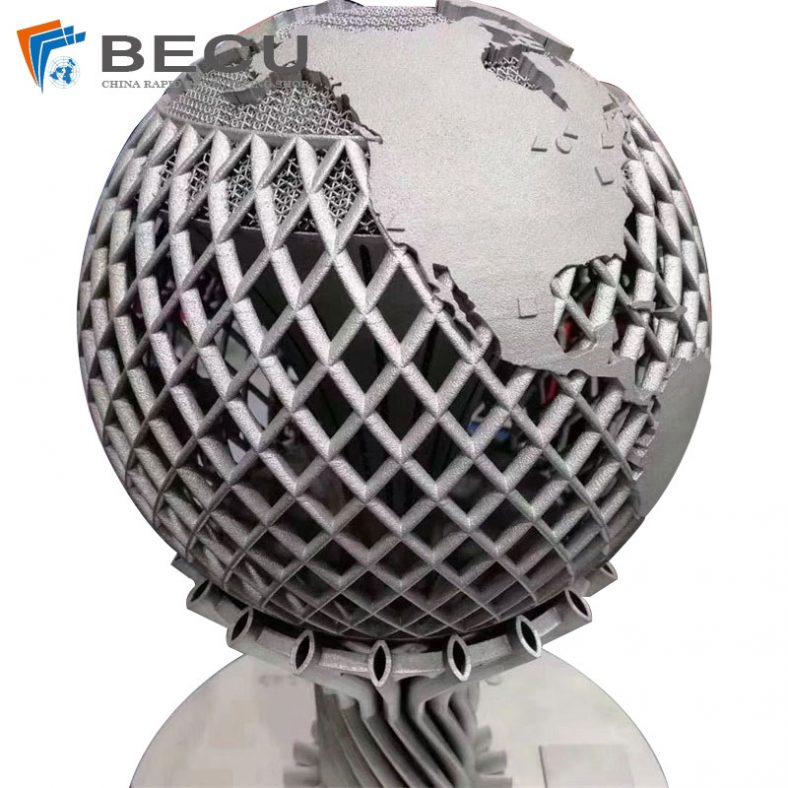
3D Printing TC4 Metal Globe Table Decoration
-

Custom Titanium Alloy Electric Bike Folder Parts Via SLM
-

3D Printing Small Stainless Steel Crafts
-
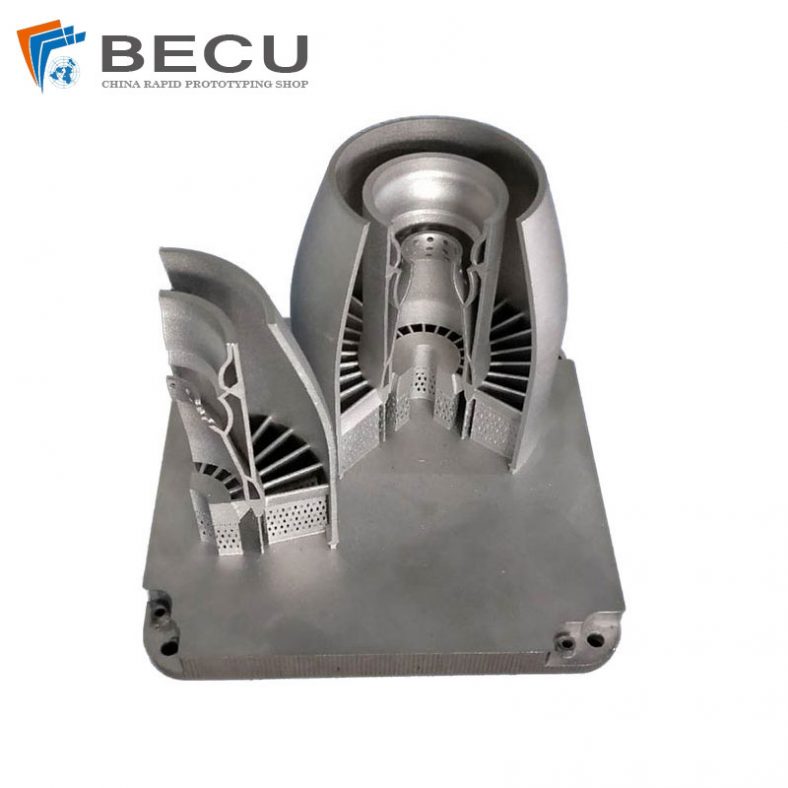
3D Printing Stainless Steel Airplane Engine Model
-
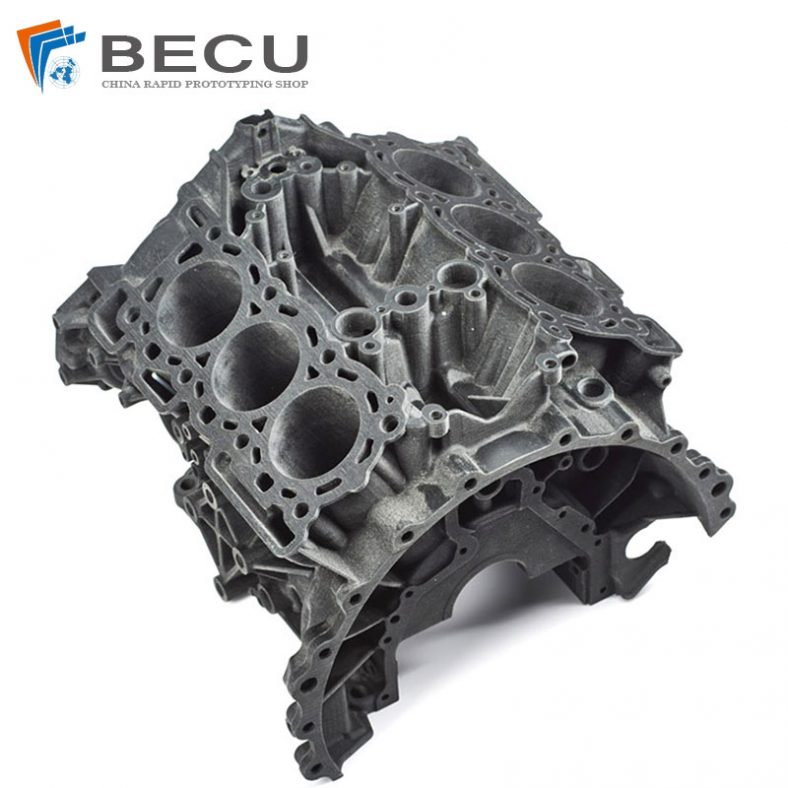
3D Printing Aluminum Automotive Engine
-

3D Printing 316l Stainless Steel Fan Blade

